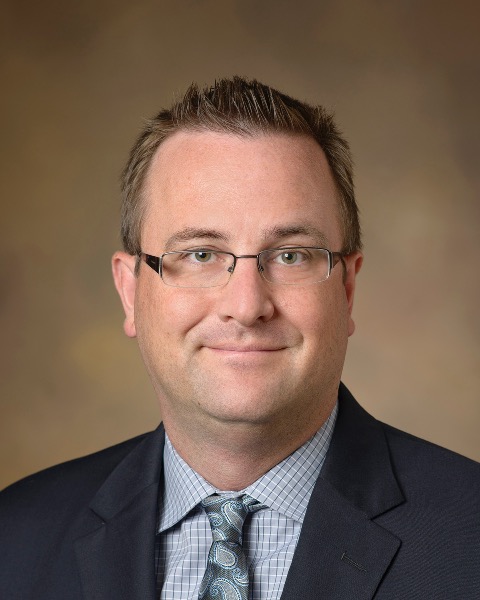Discovery and Basic Research
Keynote: Isoform-Selective Inhibition of Hsp90 Affords New Opportunities to Treat Cancer, Diseases of the CNS, and Glaucoma
-

Brian Blagg, PhD
Director, The Warren Center for Drug Discovery
University of Notre Dame -

Patrick Ronaldson, PhD, FAAPS (he/him/his)
Professor
University of Arizona
Tucson, Arizona
Keynote Speaker(s)
Moderator(s)
The Hsp90 molecular chaperone is composed of four family members that play key roles in the folding of nascent polypeptides as well as the rematuration of denatured proteins. The cytostolic chaperones, Hsp90a and Hsp90b, contribute to tumorogenesis and represent attractive targets for the treatment of cancer. Grp94 is the ER-localized paralog and is responsible for the trafficking of proteins, such as myocillin, and consequently represents a promising target for the treatment of primary open angle glaucoma. In contrast to the inhibition of Hsp90, the molecular chaperones can be overexpressed to exhibit neuroprotective activity in animal models of neuropathy. While the Hsp90 isoforms play key roles in various diseases, the N-terminal ATP-binding site is >85% identical, making the development of selective inhibitors challenging. In this presentation, methods used to develop isoform-selective inhibitors will be disclosed as well as some preclinical studies that have been pursued for the translation of these inhibitors for the treatment of cancer, glaucoma, and neurodegeneration.
Learning Objectives:
- To learn about Isoform-Selective Inhibition of Hsp90.
- How Isoform-Selective Inhibition affords New Opportunities to Treat Cancer.
- How Inhibition of Hsp90 can be used in treatment for diseases of the CNS, and Glaucoma

